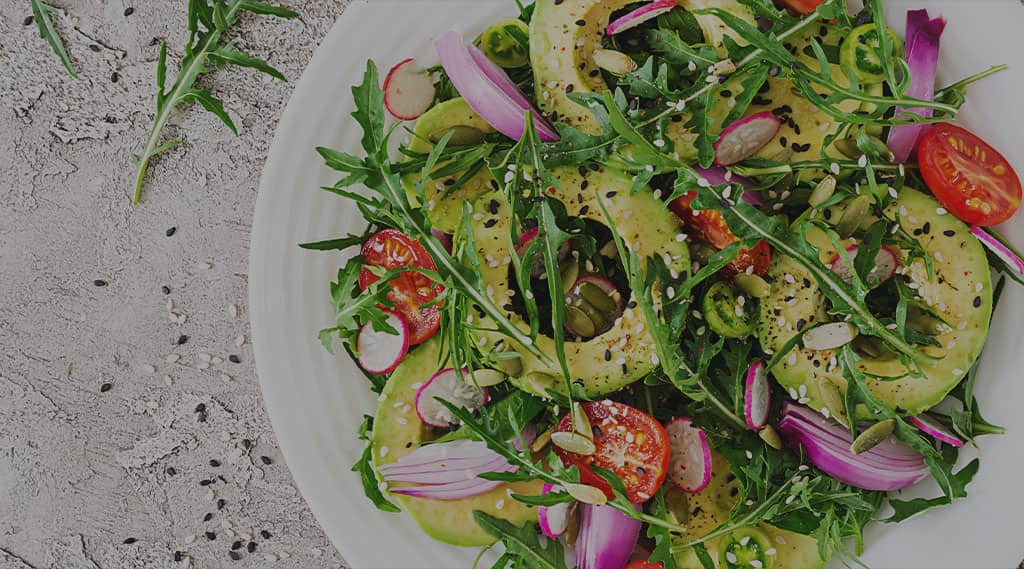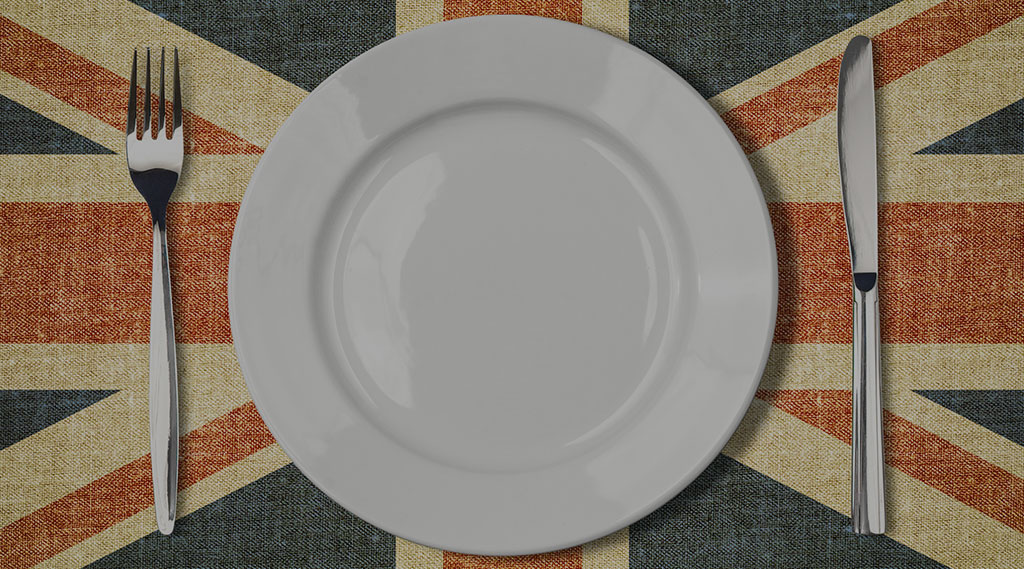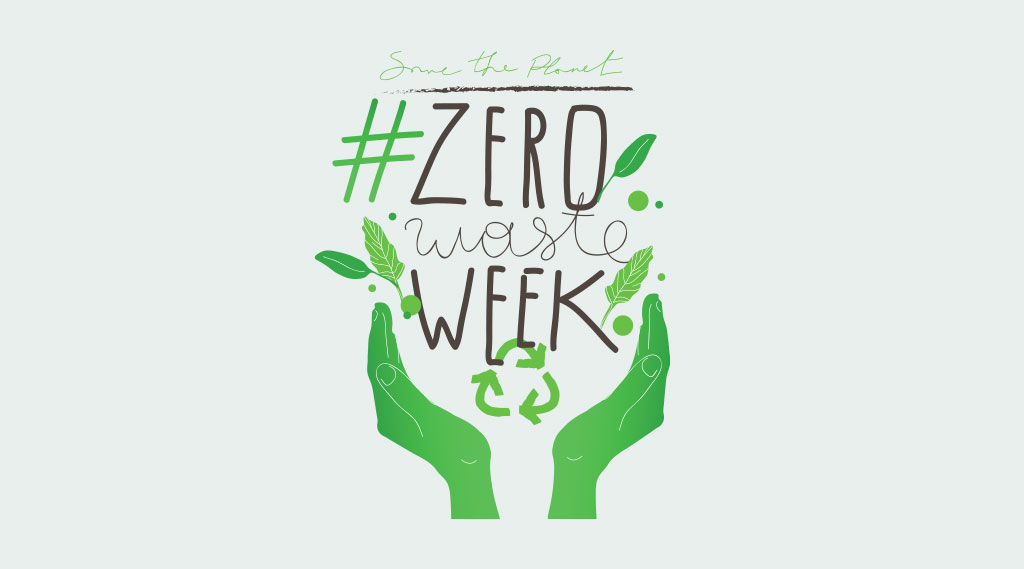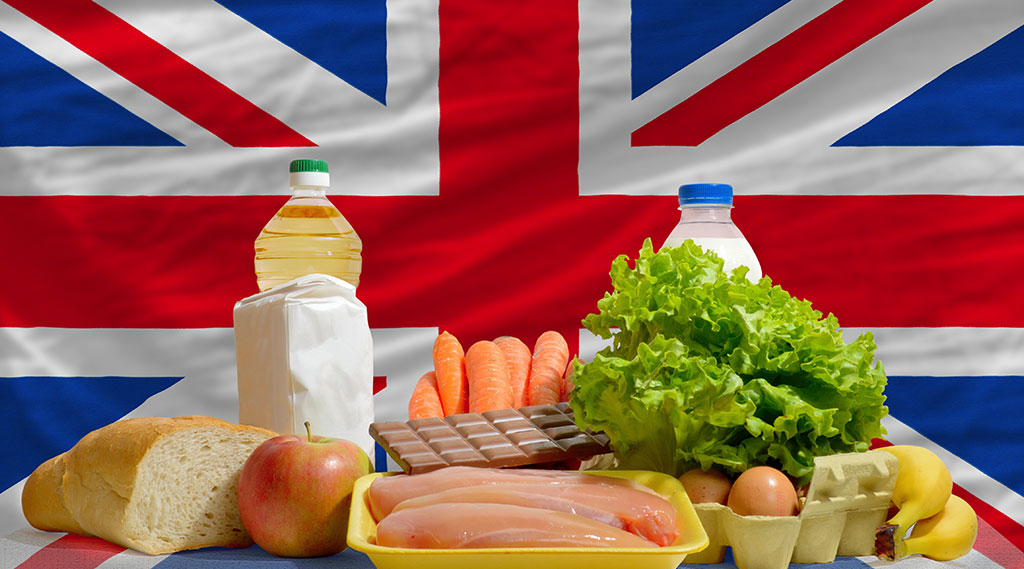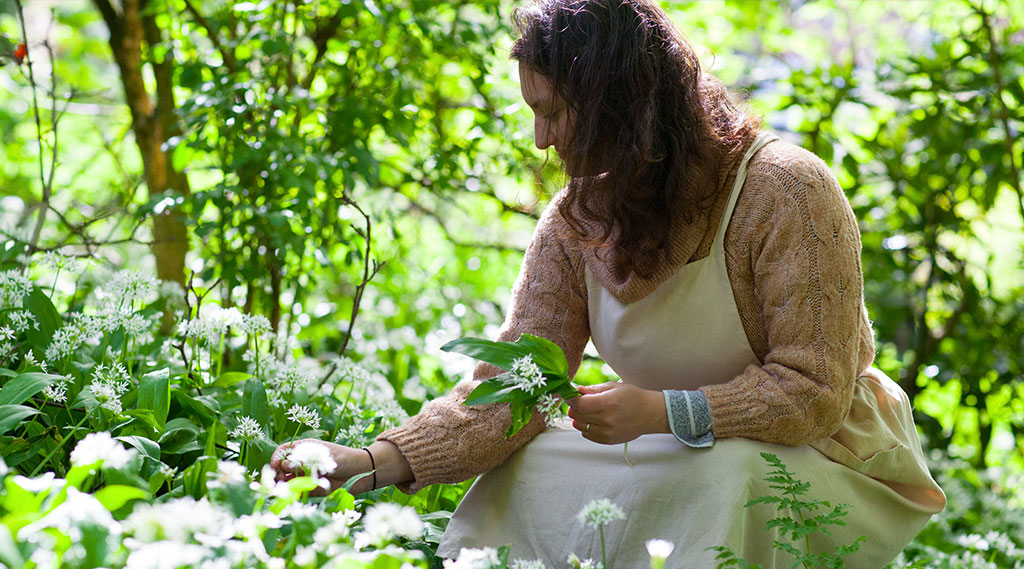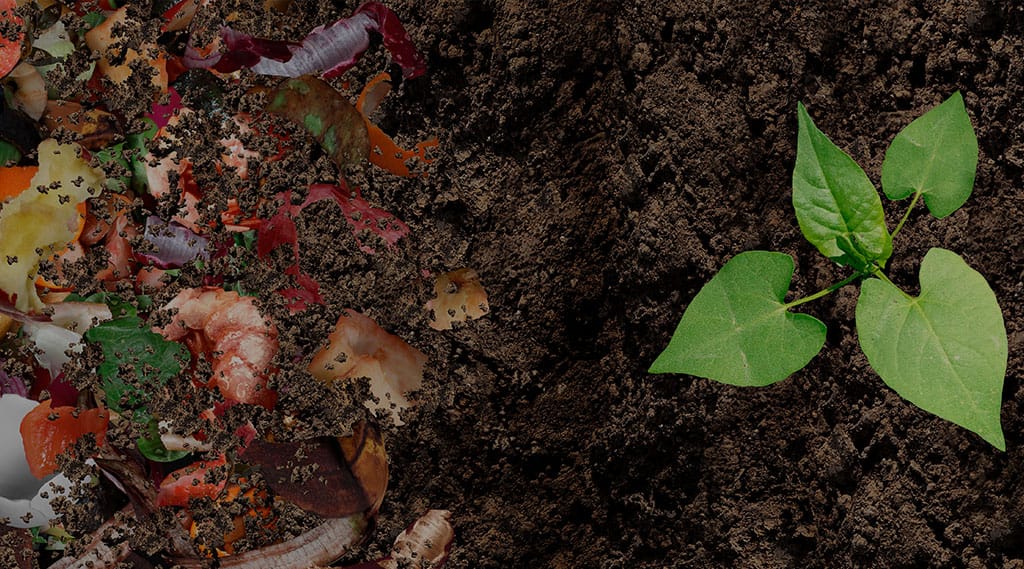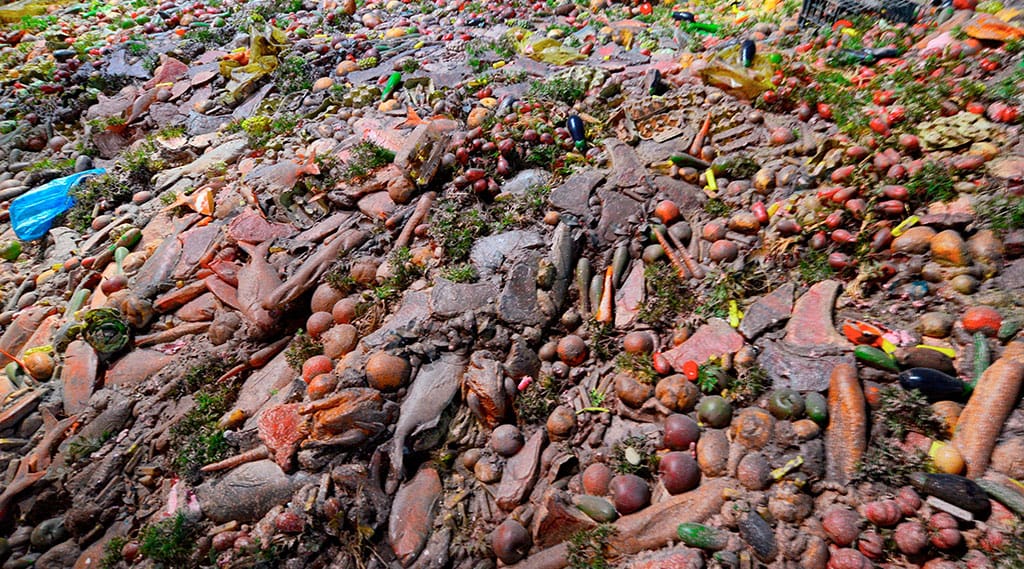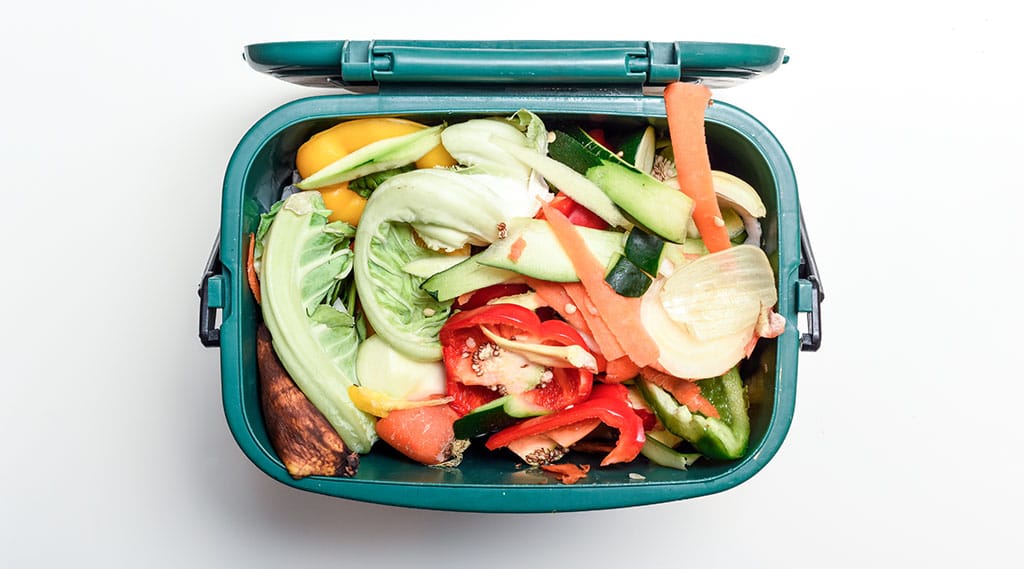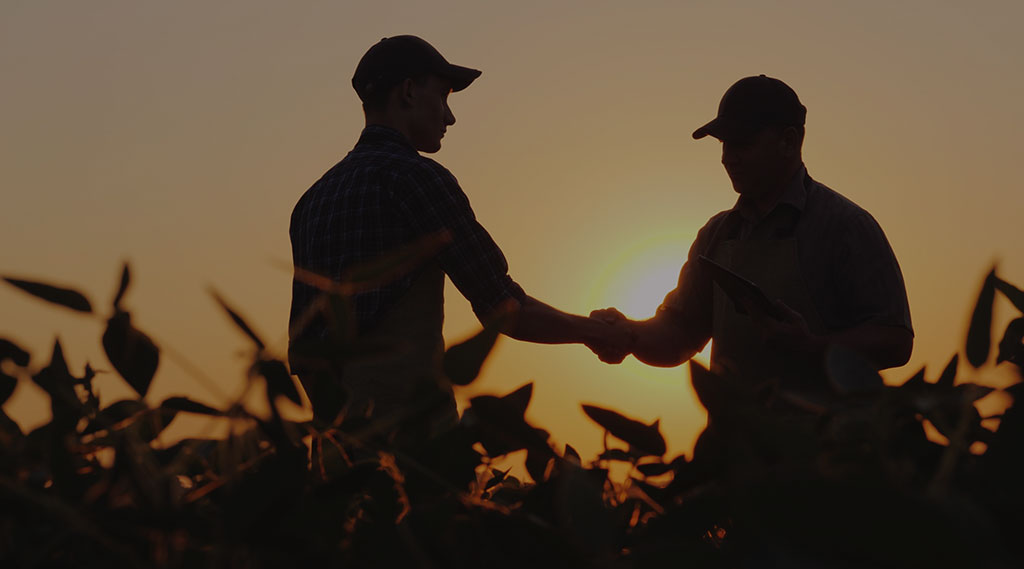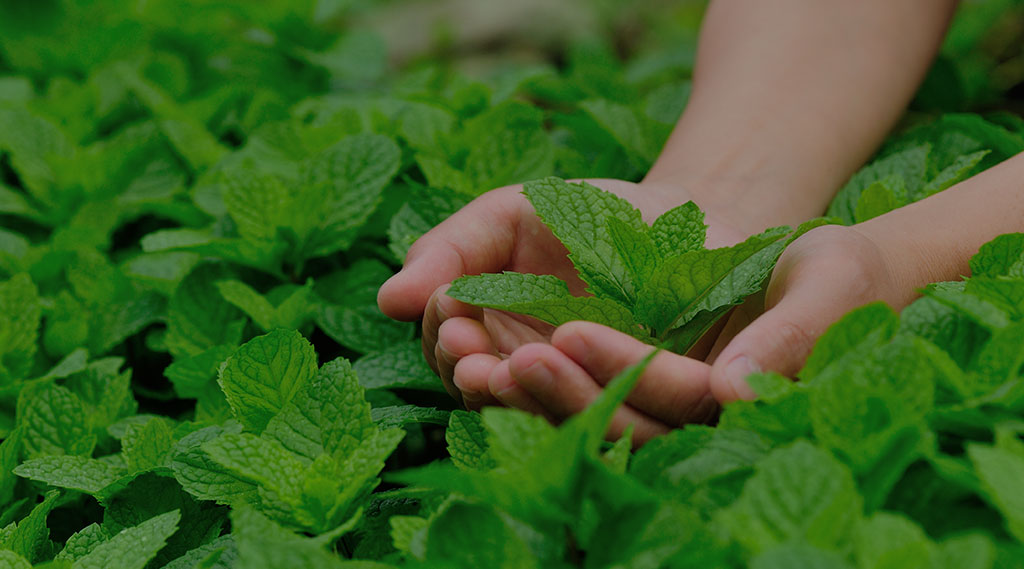At R&G Fresh, we’re fully committed to farming, picking and packing the freshest produce possible in a way that works with (rather than damages) the land.
Here on our blog The Chopping Board, we’ve already covered how our suppliers grow their produce using ethical practices, and why stopping food waste matters more than ever. Now, to celebrate World Vegan Month this November, we’ve decided to look at the vegan life of eating green and staying sustainable.
Before we dig into the details, however, it’s first worth addressing one of the biggest blockers many people have to going green with their diet…
How much more expensive is it to go vegan?
It’s actually a misnomer that eating vegan is automatically more expensive than being a meat-eater. The truth is that meat alternatives like tofu are usually equivalently priced to meat, if not actually less costly. So, when it comes to expense, switching to a plant-based diet could even be considered appealing!
It might, however, be more accurate to say that there are currently many examples in supermarkets where a ready-made non-vegan food exists, but a vegan alternative does not. In these situations, creating a fresh vegan option from scratch can prove pricey by comparison.
For example, a non-vegan fresh cream cheese and chive snack dip at your local supermarket may cost in the region of £1-1.50. However, the ingredients for this spicy vegan cashew cream recipe based on nutritional yeast, raw cashew nuts and a vegan milk of your choice, will set you back considerably more.
As with any food choice, then, it depends on what you fancy at the time. Trade-offs are sometimes necessary between flavour and expense, but on the whole, the differences between eating a meat-inclusive and meat-free diet are typically far less than you might think.
Ways to Eat Green and Stay Sustainable
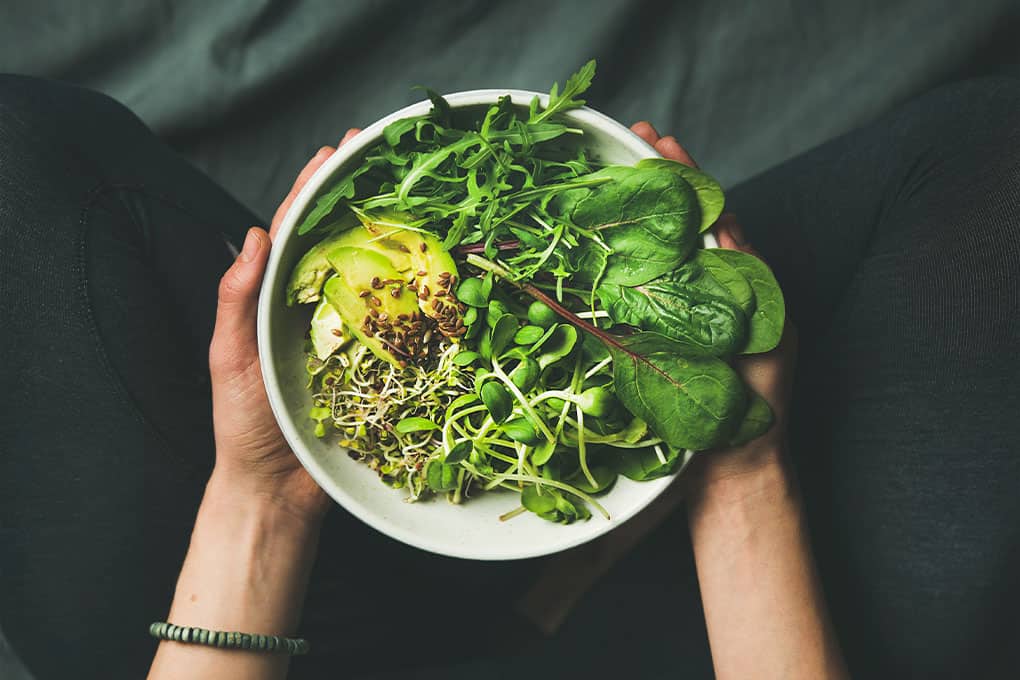
If the idea that a vegan diet isn’t expensive surprised you, prepare for another shock: eating vegan doesn’t necessarily mean that your choices are good for the planet.
It’s all to do with the greenhouse gases given off by both farming and transporting different produce.
That’s not to say that animal agriculture isn’t the very worst thing from an environmental perspective. It inarguably is. Especially when you consider that it gives off a greater proportion of greenhouse gas emissions (14%) than all of the world’s vehicles (13.5%) put together. (In fact, Oxford University researchers found that if we did away with using livestock for meat and everyone on the planet went vegan, we could cut greenhouse gases by a whopping 73%!)
However, anyone looking into the vegan life of eating green and staying sustainable should be mindful of not only what they’re eating, but where it’s coming from and the environmental cost of growing and delivering it to their shopping basket.
Some green foods aren’t as green as you think
Asparagus, for instance, has the largest carbon footprint of any vegetable eaten in the UK, giving off a sizeable 5.3kg of CO2 for every kilogram – owing mainly to the fact much of it is imported from Peru. This is dwarfed by the average carbon footprint of beef at 36kg of CO2 per kilogram, but still over half of the carbon footprint of chicken (10kg Co2 per kg) – a fact that’s surprising, when you consider just how popular chicken is across the world.
Similarly, if you want to eat fruits like strawberries and blueberries out of season, they will have to be flown in from warmer climes – contributing to a larger carbon footprint and lower sustainability value. That’s not to mention more exotic fruits like cantaloupes and watermelon, which are imported into the UK all year round.
The issue of water
Some other fruits and vegetables meanwhile can exact a different environmental cost to the areas they’re grown in. Almonds, mangoes and avocados all require enormous amounts of fresh water to grow. A kilo of mangoes, for instance, needs 686 litres of water. Cashew nuts – one of the most popular protein sources in vegan-friendly dishes (including the cashew cream mentioned above) – consume a whopping 4,134 litres of fresh water per kilogram. And you might need up to 272 litres of water just to grow a single avocado. That’s a lot of Evian for just one small bowl of guacamole.
Of course, the issue of water may not sound damning in a country like the UK, where that particular resource is plentiful. But consider that many avocados in particular are grown in Chile, where there’s a notable water shortage, and it starts to look like a much bigger problem when it comes to sustainability.
Time to go organic?
It’s also worth noting how much more beneficial for the planet authentically organic produce is over foods grown with artificial fertilisers. The chemicals in the latter account for around 3% of all global greenhouse gas emissions – meaning any vegans (or would-be ones) looking for ways to eat green and stay sustainable might also want to consider going organic-only.
From all of the above, it’s clear that staying sustainable as a vegan means much more than just eating green. Paying attention to where your food comes from is incredibly important, and choosing foods that are in season, don’t use scarce natural resources to grow, and don’t rely on artificial fertilisers, can all make an enormous difference to your cuisine’s planetary impact.
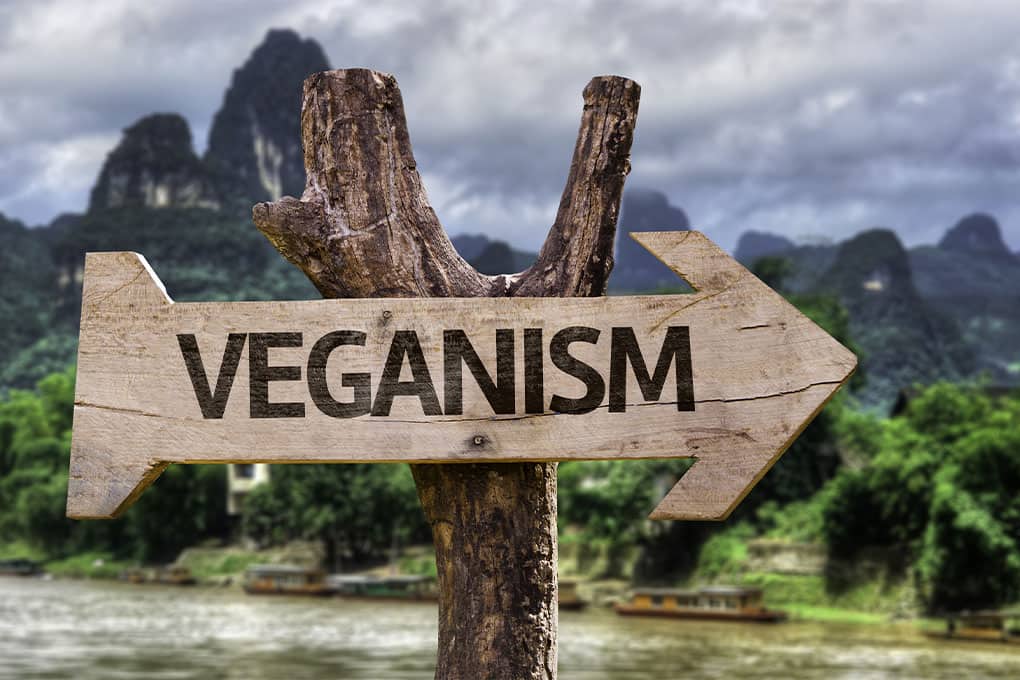
Are you considering going vegan this World Vegan Month?
Whether this post has gotten you thinking about trying veganism, or you’ve been thinking about it for a while, there are a whole host of reasons to do so – as well as some incredibly helpful resources to help you make the switch.
For starters, over on The Vegan Society website they have a tool called The Veganalyser, where you can input your age and then see the number of animals you will save each year onwards by cutting out meat-based products.
The same website also includes benefits to your health and the environment, plus information you may not have known about the honey, dairy and egg industries. They even have vegan meal planning tips to help you make the change!
However, possibly the most impactful thing you can do to live the vegan life of eating green and staying sustainable is download the VeGuide app for iOS and Android devices. It’s designed to make going vegan easier than ever, with motivation, video guides, a progress tracker, and a whole section devoted to delicious vegan recipes – including these eminently affordable ones.
And once you’ve started on your very own vegan menu – don’t stop there! Check out these 150 incredible vegan recipes on Budget Bytes, designed to tickle your taste buds without breaking the bank.
Finally, if you find vegan dishes really need a fresh herb fix, make sure to check out our post on how to use herbs in vegan recipes for even more amazing meat-free dish ideas.

